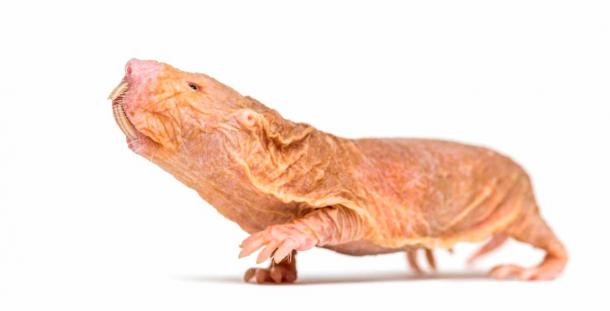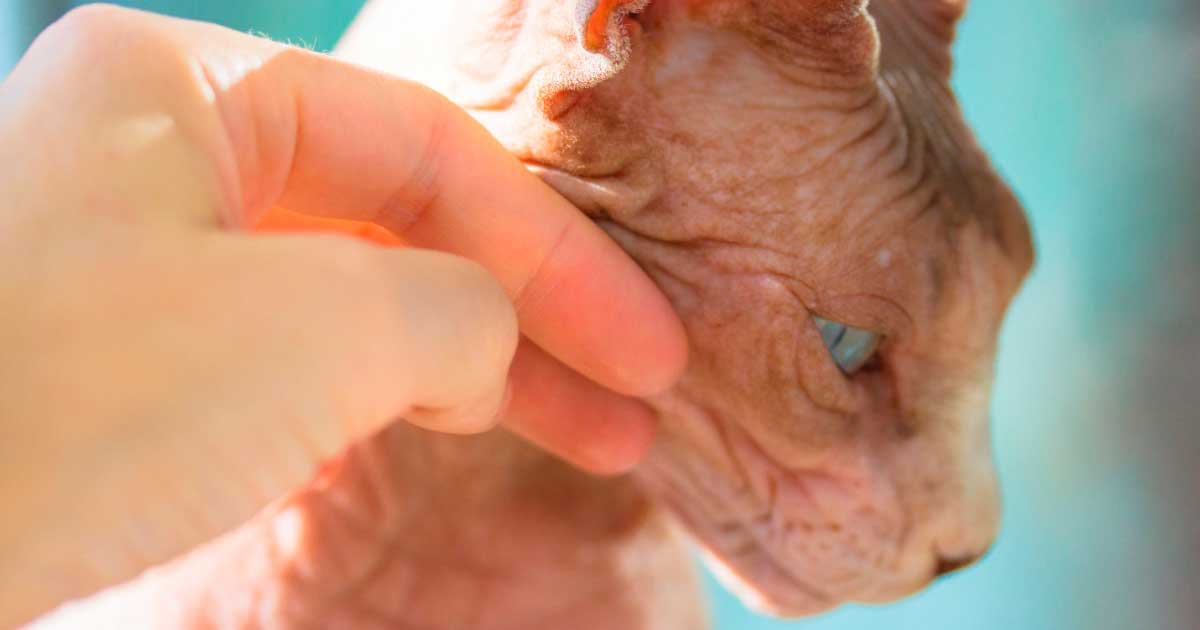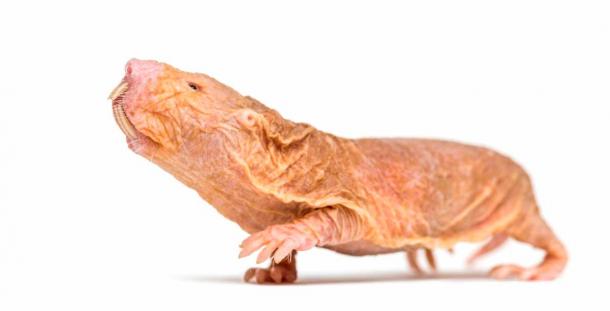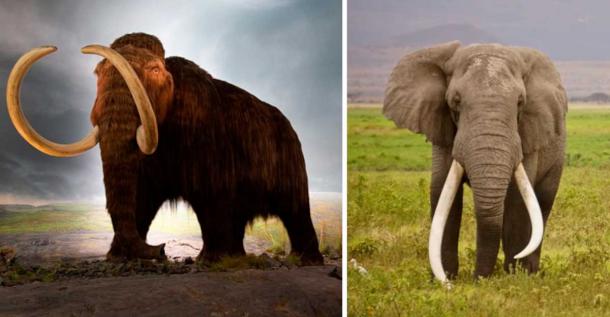

For decades scientists have been puzzled and intrigued by a most fascinating question, which is: why do human beings have so much less body hair than other primates, and most other land mammals in general? Genetic researchers have just published an article in the journal eLife that sheds significant light on this age-old query, and in fact their unprecedented findings may have actually solved this compelling mystery.
Undertaking an exhaustive genetic study, the team of American scientists discovered that human beings possess all the genes necessary to produce a complete coat of body hair. But it seems that over the course of hundreds of thousands of years of evolution, changes occurred that prevented these particular genes from being fully expressed. The researchers found that activity in separate regions of the human genome were likely responsible for this suppression, highlighting the complexity of how genetic potential is realized—or not realized—in the real-world development of biological organisms.
This groundbreaking discovery did not emerge from an exclusive study of human DNA. Instead, the University of Pittsburgh and University of Utah researchers relied on a comparative analysis of genetic material collected from 62 different mammals, some of which grow large quantities of body hair and some of which don’t.

The naked mole-rate is another hairless mammal. (Eric Isselée/Adobe Stock)
“We have taken the creative approach of using biological diversity to learn about our own genetics,” explained human geneticist and study co-author Dr. Nathan Clark, in a University of Utah press release introducing the eLife study. “This is helping us to pinpoint regions of our genome that contribute to something important to us.”
Shutting Down Hair Growth at the Genetic Level
In total the scientists involved in this research studied 19,149 genes spread widely among the 62 species, along with genetic material found in 343,598 noncoding or regulatory regions (areas of animal genomes that do not directly contribute to gene expression, yet still encourage or inhibit it in some way). This comparative approach had never been tried before, making the results it produced completely unique.
“To find the genetic basis of reduced hair quantity, we used our evolutionary-rates-based method, RERconverge, to identify coding and noncoding sequences that evolve at significantly different rates in so-called hairless mammals compared to hairy mammals,” the scientists explained in their eLife paper.
RERconverge is a technique for data analysis that can detect links between the evolution of genes or gene groups and the evolution of actual biological traits that accompany such evolutionary changes. It is a powerful mathematical tool that provides genetic researchers with insights on how various characteristics—such as the quantity of body hair and its growth patterns—are connected to a species’ overall genetic or evolutionary history.
To uncover the source of the differences between various mammals, the scientists searched for genes in hairless animals that evolved more quickly than similar genes in hairy species. With such a large database of genetic information to study, these comparisons revealed the influence of regulatory regions that could sometimes stop hair growth in its tracks.

The woolly mammoth versus the elephant, similar mammal, with no hair. (Left; Thomas Quine/CC BY 2.0, Right; Public Domain)
While the scientists were able to identify specific genes connected to hair growth, they found that these genes could be significantly impacted by regulatory regions that don’t code for the creation of hair directly, but help determine how hair-growing genes act and behave. These regions can see to it that hair-growing genes are either stimulated into action or stopped from expressing themselves completely, depending on their own DNA-related characteristics.
Many hair-growing genes and the regulatory regions that influenced them were identified through RERconverge computational techniques. Additionally, the scientists also found other genes or gene groups that seemed to contribute to hair growth, but in ways the researchers were not able to comprehend.
“There are a good number of genes where we don’t know much about them,” said University of Pittsburgh geneticist and study co-author Dr. Amanda Kowalczyk. “We think they could have roles in hair growth and maintenance.”
All of this is part of a complex evolutionary and genetic puzzle, which is only now beginning to reveal some of its long-hidden secrets.
Why Evolution Favors Hairlessness (Some of the Time)
In the course of their analysis the researchers discovered something that was particularly fascinating, and that is that the evolutionary history that saw humans develop noncoding regions that inhibited hair growth was repeated in other animals.
The ancestors of dolphins and whales, rhinos and naked mole-rats, along with other hairless mammals, also gradually developed regulatory regions in their genomes that shut off genes responsible for hair growth. These other species have the potential to grow hair all over their bodies just like humans, but at some point during their evolution they stopped doing so, just as humans did.
“As animals are under evolutionary pressure to lose hair, the genes encoding hair become less important,” Dr. Clark stated. “That’s why they speed up the rate of genetic changes that are permitted by natural selection. Some genetic changes might be responsible for loss of hair. Others could be collateral damage after hair stops growing.”
Evolutionary scientists have theorized that less hair could help species keep cool in hot climates, or move more smoothly and efficiently through the water if they live in aquatic environments. For land mammals less hair also makes vitamin D absorption from sunlight more efficient (vitamin D keeps bones, muscles and teeth healthy), and it can also reduce vulnerability to infestation by disease-causing parasites.
It has often been speculated that mating success in early humans might have been impacted by hairlessness, if indeed a relative lack of hair was considered to be more attractive to members of the opposite sex. If this was true, it could have speeded up the evolution of hairlessness in early humans considerably.
Of course, having hair could have evolutionary advantages as well, even for humans, which may explain why it still grows freely on certain parts of the human anatomy.
The Medical Ramifications of Deep Genetic Study
Based on the success of the analytical methodology they applied, Dr. Clark and his cohorts plan to use the same approach to identify genetic regions that might be involved in cancer prevention, longer lifespan, and either resistance to or vulnerability to other serious health conditions.
“This is a way to determine global genetic mechanisms underlying different characteristics,” Dr. Clark explained.
With respect to mechanisms that determine hair loss, the scientists believe the knowledge they’ve accumulated could have practical applications. They hope their discoveries can eventually be used to develop methods for reactivating hair growth processes in those who suffer from baldness or other disorders (like alopecia) that shut down hair growth.